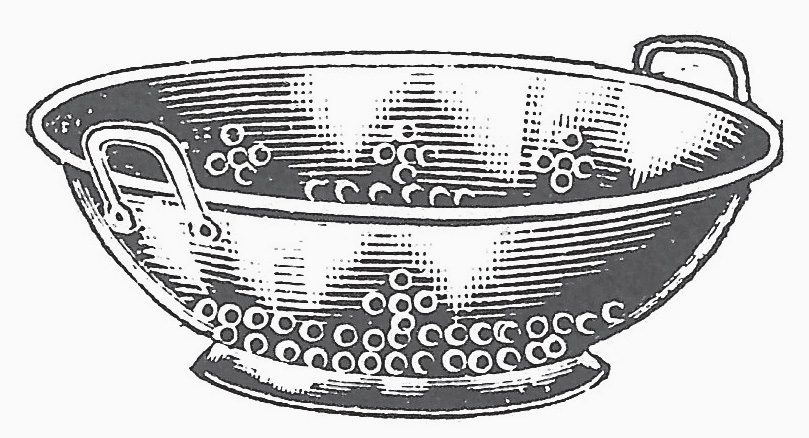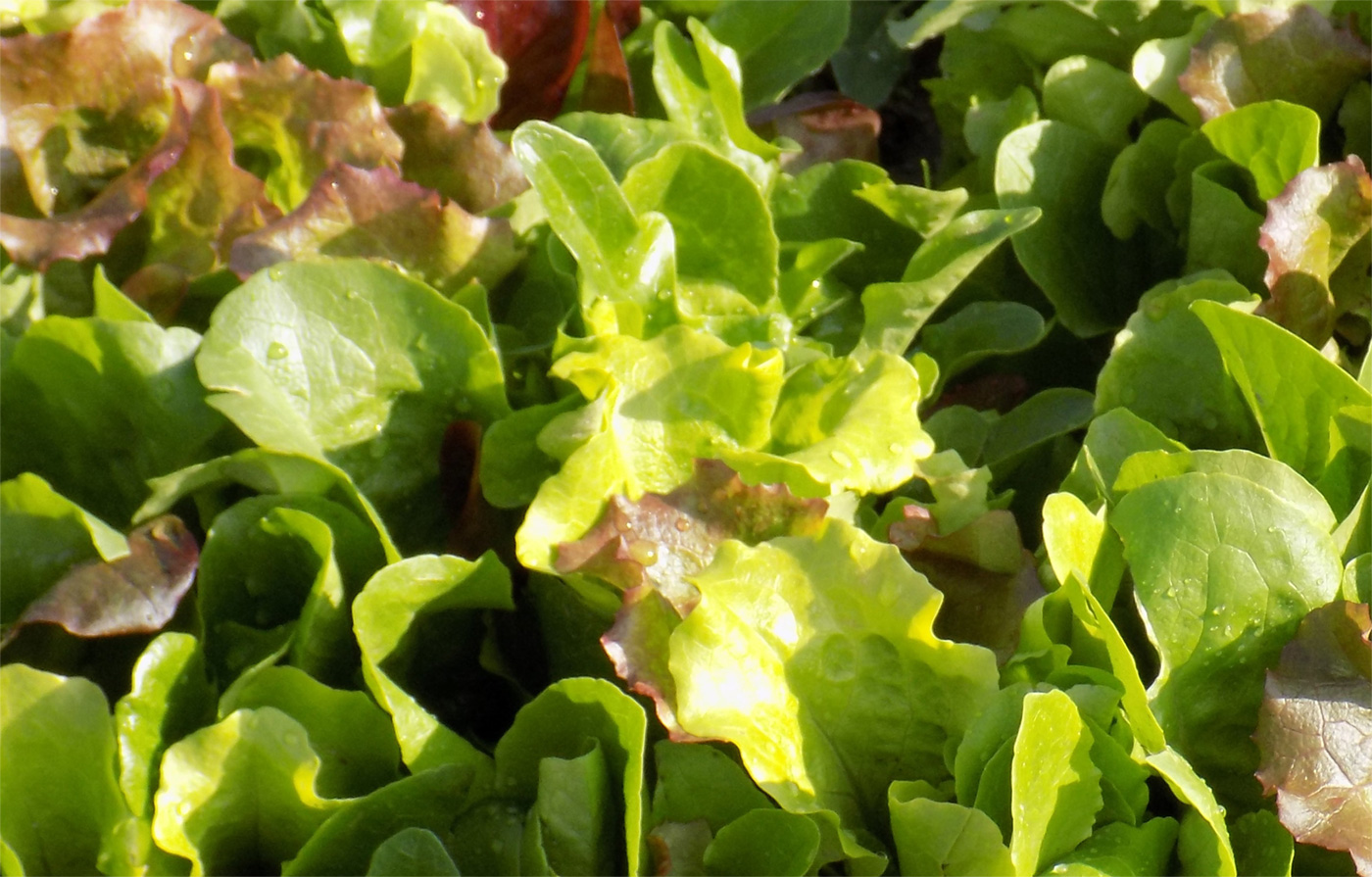Spring Greens
My most anticipated spring garden plant ends up in the salad bowl at the end of the day. Mesclun, or spring greens, is now a familiar term to American gardeners and epicureans and is considered the premium salad green for both restaurant and home meals. We can buy it loose or pre-packaged at most grocery stores but you can grow loads of it yourself with very little effort.
The term “mesclun” has its origins in Provence, where the French have been making salads out of baby greens that include mild lettuces mixed with spicy arugula, chervil and endive. Mesclun seed packets usually come in a mild or tangy versions, the latter combining the spicy, tangy flavors of arugula, cresses, chicory and mustard with milder flavors from endive, oakleaf, bibb, romaine and radicchio.
Mesclun is a feast for the eyes as well as the mouth, packed full of vitamin A and potassium. If you enjoy stemmed greens or stir-fries, the spicier greens are perfect additions because their flavor mellows when cooked. Arugula is a very spicy green that I will grow on its own for adding a little kick to a salad, a sandwich, a pizza, a soup, etc. There are tangy mustard mixes available, as well.
Mesclun mixes are incredibly easy to grow and harvest. Prepare your garden soil with organic matter (I like to use composted hen manure) to improve drainage and enrich the soil so there is no need to fertilize your greens once they are planted. The greens are cool-season plants so once we hit high summer and temperatures start to soar the lettuces will wane, but by planting now you will have plenty of time to enjoy them. They can also be replanted in the fall garden and enjoyed well into the winter months. Additionally, there are varieties that are suited to warmer temperatures. Buy a variety of seeds early in the season so you can plant a succession of varieties, depending on the seasonal temperatures.

When sowing your seeds, you can broadcast more evenly by mixing them with some fine sand. These seeds are very fine, and it is difficult to sow them evenly without cheating a little. I like this technique so that I don’t have to thin the seedlings as they emerge. Some seed companies sell seed tape that is pre-seeded and biodegradable so you can get perfectly spaced germination just by laying the tape in your rows and covering with soil as directed. I have used this with radishes, and it was hassle-free.
However you choose to direct-seed, I recommend making several narrow rows, allowing enough space for you to maneuver between the rows when you are ready to harvest. Keep the soil consistently moist until germination takes place and then water when the surface is dry to the touch. You can also use containers, large window boxes, grow bags or small raised beds to raise spring greens if you have limited space.
Within two to five weeks after sowing the seeds you can begin to harvest. Greens are best when they are very young and tender, so harvest the leaves when they are about three to six inches long. Simply take a pair of scissors and trim off the young leaves (or use your fingernails to snap off leaves). They will continue to produce new growth so do not pull the plant up by the roots (this method is referred to as “cut and come again”).
I will harvest bunches at a time, then process the greens by submerging them in a sink full of ice water to clean the greens and crisp them up. You can avoid wilt by harvesting the greens in the morning when it is cool, but our schedules and appetites don’t always allow for this. If I am harvesting during the heat of the day, I will frequently bring my bowl of ice water to the garden with me and drop the leaves in as I harvest.
Mesclun greens will easily last four to five days in the refrigerator if they have been dried well. If you use a salad spinner to dry the leaves, spin gently: Bruised leaves spoil faster.




